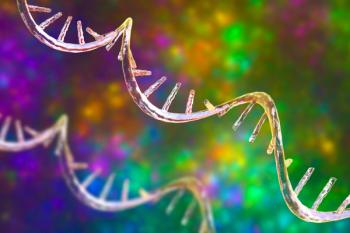
FDA User Fees to Rise and Fall as New Fee Agreements Move Forward
The user fees set for fiscal year 2022 are noteworthy, as their announcement comes as FDA and industry are finalizing agreements for new five-year user fee programs.
Biopharmaceutical companies will pay more than $3 million to file an application seeking FDA approval of a new drug application (NDA) or biologics license application (BLA) during fiscal year 2022. This record charge to
At the same time, new fees for generic drugs, biosimilars, medical devices, animal drugs and outsourcing facilities (drug compounders) will see modest, or no, increases. Most notable is that
Similarly, generic drug fees remain fairly flat. Filing an abbreviated new drug application (ANDA) will cost $226,000, while the annual program fee stays at about $1.5 million.
These varying fees for applications, facilities, and annual program oversight for medical products reflect the range in FDA oversight of differing R&D and manufacturing operations. Sponsors usually submit fairly few NDAs a year, and thus pay high rates for those, compared to the program fee. But as generic-drug makers often file multiple ANDAs and maintain many facilities, the individual fees are lower, compared to a relatively higher annual program fee, which varies with company size. And because FDA provides considerable support and advice to biosimilar makers during product development, that fee program begins prior to filing an application; the application fee is less than for an NDA but much more than for an ANDA.
FDA bases its rates for FY 2022 on projections that sponsors will submit 161 NDAs/BLAs to CDER, about 1350 efficacy and labeling supplements, and 2388 manufacturing supplements. The program will fund the cost of holding some 4500 meetings with sponsors and oversee more than 9500 active investigational new drug applications (INDs). Workload increases at both CDER and the Center for Biologics Evaluation and Research (CBER) altogether will require a $27 million increase in Prescription Drug User Fee Act (PDUFA) fees to reach $1.149 billion in FY 2022.
The fees set for fiscal year 2022 (begins Oct. 1, 2021) are noteworthy, as their announcement comes as FDA and industry are finalizing agreements for new five-year user fee programs. These need to be reauthorized by Congress early next year in order to start collecting new fees Oct. 1, 2022. PDUFA application fees are slated to increase to $4 million over the next five-year fee program, which will be specified along with multiple other revisions in new “commitment letters” that FDA has negotiated with industry for its various user fee programs (PDUFA VII, BsUFA III, GDUFA III). The process of enacting legislation to reauthorize the fees every five years provides members of Congress with an opportunity to add a broad range of policy and program requirements that often impose notable changes on FDA operations and priorities.
About the author
Jill Wechsler is Washington editor at BioPharm International.
Newsletter
Stay at the forefront of biopharmaceutical innovation—subscribe to BioPharm International for expert insights on drug development, manufacturing, compliance, and more.




